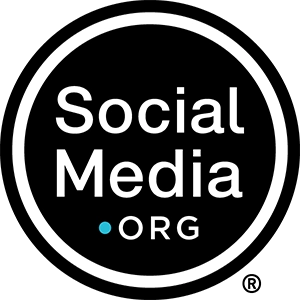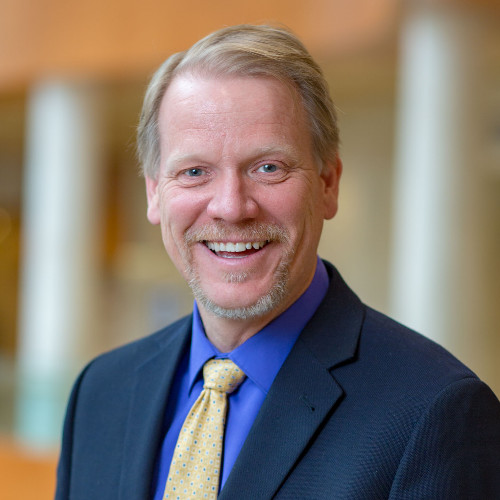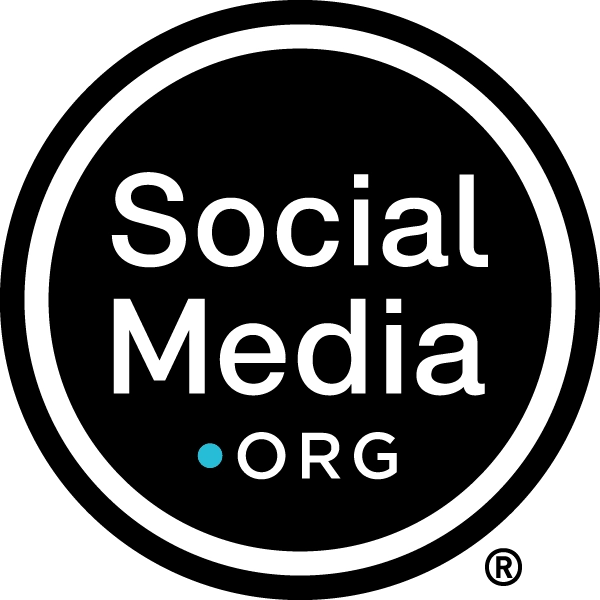Director of Mayo Clinic Social Media Network Lee Aase and his eight-person team have two high-level priorities that drive the hospital’s social media program: to integrate their social media platforms with Mayo Clinic’s overall digital experience and to help other employees get engaged on social media. Recently, the latter has become their key focus.
“We’ve been working with our physician and nursing staff in particular to engage on social media in a way that works within their busy schedules and helps them elevate their personal brand in social media and digital search,” he said.
Two years ago, Lee and his team began having conversations about activating Mayo Clinic nurses on social media.
Nurses make up about 25 percent of Mayo Clinic’s staff, and they play a core role in building the hospital’s reputation through their day-to-day interactions with patients and family members, said Lee.
He added getting the nursing staff engaged would not only help the overall visibility of the organization, it could also help improve their operational efficiency.
“For instance, some nursing units wanted to use closed Facebook Groups for shift swaps,” Lee said. “We want them to have a place where they can communicate in an informal way that makes their lives easier and better.”
To get the initiative moving, the team had to get buy-in from top nursing leadership.
According to Lee, they looked at what that top-level leadership’s priorities were and how social media engagement by staff could contribute to those goals.
“Everyone has a nursing shortage, so we want to position Mayo Clinic as an employer of choice,” he said. “Nurses are friends with other nurses online, so encouraging them to share about their work and their pride about working for Mayo Clinic would tie into that department objective.”
He said once they were able to show nursing leadership how social media would support their business priorities, it wasn’t a hard sell.
Next, the team provided a one-hour training session to nursing mid-level managers to help them understand why social media is a priority for the organization.
They’ve held those training sessions at all three of their Arizona, Florida, and Minnesota campuses, as well as their regional health system practices.
“Through scenario-based learning, we were able to give them the tools they needed to handle questions from their staff,” said Lee. “When we ran through the training, we found a significant increase in comfort among nurse managers.”
Lee said they formatted the sessions around how nurses would typically run their own workshops.
A big piece of the training sessions was the scenario-focused table discussion. They were broken up into groups, and each group went through an assigned scenario. That way, each group could go in-depth into their specific scenario and get the benefit of what the other groups learned as well, Lee said.
“The situations aren’t always black and white,” he said. “For example, one of the scenarios was how to respond if a patient wants a video of you wrapping a bandage. Some people don’t want to be on video, so instead of objecting, a nurse can say, ‘Okay, can you just focus on the bandage and not on me?’” We want them to know the patient-centered approaches to certain questions.”
Along with the scenario training, the sessions included other helpful resources.
They also showed a video discussing how word of mouth is one of the most important factors in Mayo Clinic’s reputation and that word of mouth is now happening online.
Next, they went through the guidelines they’d created for nurses on social media, which were also published on the Mayo Clinic social network site.
“The site is an online community of not only our Mayo Clinic staff, but others from around the world who are talking about using social media in healthcare,” said Lee. “We put FAQs and the slide deck from the training sessions up there as well.”
Lee said many nurses have already begun to take advantage of the program by joining the Mayo Clinic social media network.
He said they’re starting to share content online and participate in their one-day crash course called Social Media Residency.
“We’ve also provided scholarships for five nurses per session to be able to attend,” he said. “That way, we’re getting more frontline advocates engaged with our online community.”
Due to the retirement of an important stakeholder, the team took a pause on the initiative — but are now in the midst of re-energizing it.
“The Chief Nursing Officer was approaching retirement, and she wanted to make sure her replacement was fully on board with this,” Lee said. “It turns out, the new person is even more supportive of it.”
The team recently began to mobilize the next step in the program, which is to encourage nursing leadership to have brown-bag sessions with their staff and communicate the training they’ve already received.
“We’ll get them more actively engaged with our Mayo Clinic social media network where we have a lot of curated content they can share,” he said. “It’s all pre-vetted and qualified, and they can share it confidently and know they’re contributing to the overall effort.”
Lee said the team is looking forward to continuing their efforts by working with their physician staff next.
Their next initiative will be around creating a physician reputation management module, so physicians will know how to maintain their online reputation and contribute to their Google search results.
“It will be a way to engage more of our physician staff,” he said. “The nursing staff was one element, so this will be the next step.”


